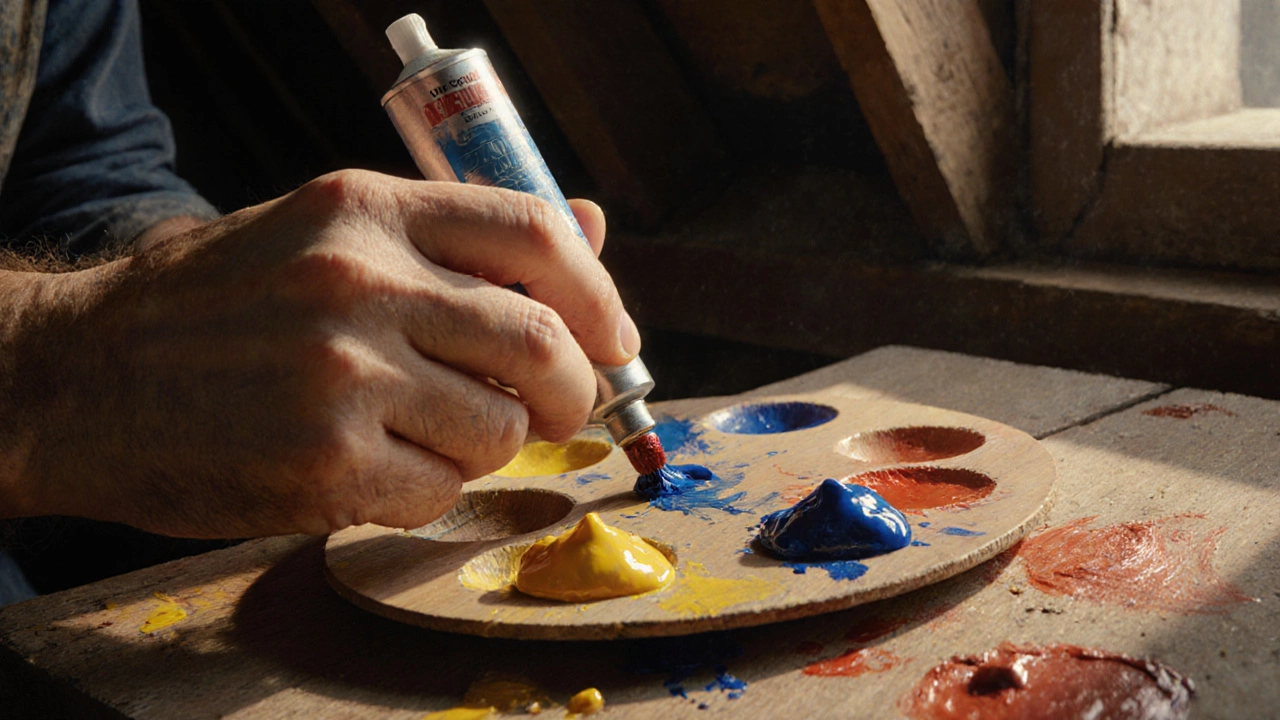19th Century Artist Paints: Techniques, Styles, and Legacy
When you think of 19th century artist paints, the powerful, detailed, and emotionally charged artworks created during a time of rapid social and technological change. Also known as Victorian and Romantic era paintings, they laid the foundation for how we see realism, emotion, and skill in art today. These weren’t just pretty pictures—they were records of a world shifting from farms to factories, from monarchy to democracy. Artists like John Singer Sargent, Jean-François Millet, and Winslow Homer didn’t just paint what they saw; they painted what they felt, and they did it with a level of craft that’s still studied today.
What made oil painting, the dominant medium used by 19th century artist paints to achieve depth, texture, and lifelike detail so powerful? It wasn’t just the paint. It was the process. They worked from dark to light, built up layers slowly, and mastered values before adding color. You’ll see this in portraits where skin looks warm and alive, or in landscapes where clouds feel heavy and wind moves through trees. They didn’t use cameras—they used eyes, hands, and years of practice. And that’s why even today, when someone says a painting looks "real," they’re often thinking of 19th century techniques.
Then there’s the subject matter. portrait painting, a core focus for many 19th century artist paints, capturing not just faces but social status, grief, pride, and quiet dignity was everywhere. A merchant’s wife, a soldier returning home, a child at work—these weren’t just commissions. They were stories. And those stories still resonate because they’re human. You’ll find echoes of this in today’s portrait artists who still start with blocking shapes, focus on values over details, and avoid rushing into highlights. The rules haven’t changed—just the tools.
And it’s not just about realism. Some 19th century artist paints pushed boundaries—turning away from perfect symmetry, playing with light in wild new ways, or painting ordinary people with the same gravity as kings. That rebellion? It led straight to Impressionism, then to modern art. So when someone says modern art lacks skill, remember: the skill was never about copying reality. It was about seeing it differently. The 19th century artists were the first to ask: What if we painted how we feel, not just what we see?
What you’ll find in these posts isn’t just history. It’s a toolkit. You’ll learn how they built depth with dark underpainting, why certain canvas sizes sold better, how portraits were priced back then, and what techniques still work today. Whether you’re painting a portrait, mixing oils, or just wondering why some art feels alive while others feel flat—this collection gives you the real answers, straight from the methods of those who did it best.
